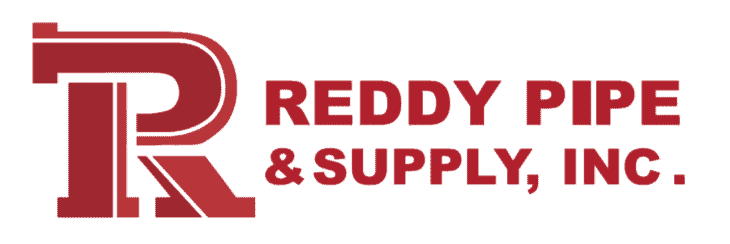The oil and gas industry demands high-quality pipes that can withstand tough drilling and production conditions. Two of the most common pipe types used in the industry are OCTG (Oil Country Tubular Goods) and line pipe. While they may seem similar, these pipes serve different purposes, and understanding the differences between them is crucial in selecting the right type for your application.
What is OCTG?
OCTG is a range of seamless and welded tubes used for drilling and production in the oil and gas industry. The three primary types of pipes in OCTG are casing, tubing, and drill pipe.
Casing: Casing is the outermost layer of pipe that provides structural support, prevents the collapse of the wellbore, isolates different formations, and prevents the mixing of fluids.
Tubing: Tubing is the innermost layer of pipe that transports oil and gas from the wellbore to the surface. It provides structural support and prevents the collapse of the wellbore.
Drill pipe: Drill pipe connects the drilling rig to the bottom of the wellbore, provides a conduit for drilling mud, and removes rock cuttings.
What is Line Pipe?
Line pipe is used to transport oil and gas from the wellhead to processing facilities and storage tanks. It is designed to withstand high pressures and corrosive environments. Line pipe is typically made of carbon steel, although other materials such as stainless steel and alloys may be used for specific applications.
Key Differences between OCTG and Line Pipe
Purpose: OCTG is used for drilling and production, while line pipe is used for transportation.
Construction: OCTG is thicker and heavier to withstand drilling pressures, while line pipe is more flexible to accommodate oil and gas movement.
Materials: OCTG uses high-strength steel alloys to withstand harsh drilling conditions, while line pipe is mostly made of carbon steel.
Coating: Line pipe may have protective coatings for corrosion, whereas OCTG coatings enhance performance.
When to Use OCTG and When to Use Line Pipe
The choice between OCTG and line pipe depends on your specific application. If you are drilling or producing oil and gas, OCTG is the right choice. Casing provides structural support and prevents wellbore collapse, tubing transports oil and gas to the surface, and drill pipe connects the drilling rig to the bottom of the wellbore. In contrast, if you are transporting oil and gas from the wellhead to processing facilities and storage tanks, use line pipe. It is designed to withstand high pressures and corrosive environments, making it ideal for long-distance transportation.
Reddy Pipe Supplies Your Oilfield Needs
Choosing the right type of pipe is essential in the oil and gas industry. OCTG and line pipe have different purposes, constructions, materials, and coatings. By understanding these differences, you can select the appropriate pipe type for your specific application. At Reddy Pipe, we offer high-quality OCTG and line pipe that meet your needs. Contact us today to learn more about our products and services.





